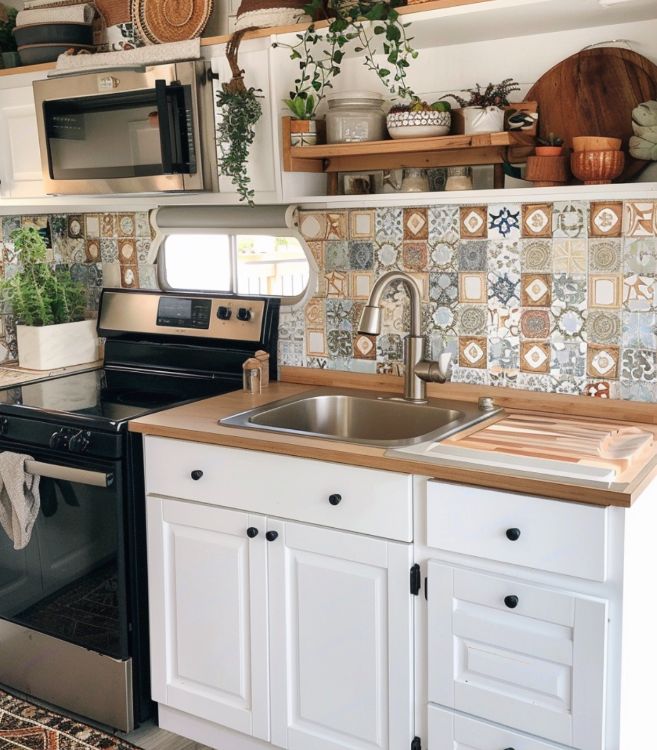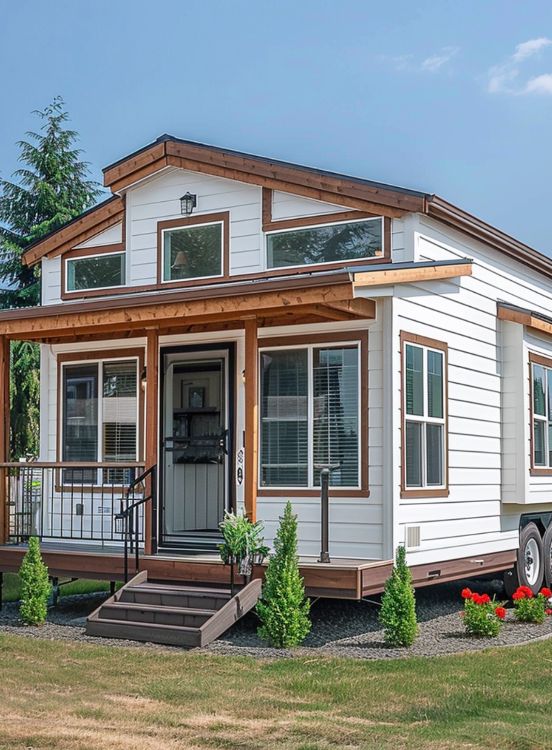For years, Peter’s world existed in the shadows beneath a concrete bridge. After losing his job and with it the apartment he had worked so hard to keep, he found himself pushed out onto the streets. At first, he told himself it was temporary — just a few nights outside until something came through. But the days turned into weeks, then into years.
Beneath the bridge, he carved out what little routine he could. A blanket folded neatly became his bed. A backpack held the few belongings he still owned. When rain poured, the water seeped in, soaking his clothes. In winter, the cold gnawed at his bones. The sound of cars rushing overhead was his constant reminder that life went on for others, while his had stalled. The hardest part wasn’t the hunger or the cold — it was feeling invisible, forgotten by the world.
Still, Peter carried a quiet spark of hope. Each night, as he lay on the hard ground, he whispered to himself: Someday I’ll have a door to close. Someday I’ll belong again.

The turning point came when a local outreach worker spotted him and stopped to listen. Instead of walking past, she asked his name and heard his story. Through her, Peter learned about a community project that built tiny homes for people who had no shelter. Weeks later, he was told one of those homes was ready for him. The words seemed unreal, as though spoken to someone else. But then came the key, pressed gently into his hand.
When Peter followed her down a quiet path to the edge of town, he stopped short. Before him stood a tiny home nestled among trees, its cedar siding glowing warmly in the afternoon light. A porch stretched across the front, framed with flower boxes bursting with color. For a man who had spent years under gray concrete, the sight of this golden little house was almost too much to take in.
The moment he opened the door, his knees went weak.
Inside, the house was filled with light. Wide windows poured sunshine across polished wood floors and cream-colored walls. A loft bed, layered with soft quilts, sat tucked beneath the sloping roof. Below, a snug sofa faced a wood-burning stove, its iron surface shining with care. For Peter, who had slept on cold ground for years, it felt like heaven itself.

The kitchen took his breath away. A farmhouse sink stood beneath the window, marble-patterned counters gleamed, and shelves were lined with dishes already waiting. In the corner, a small dining table with two chairs promised mornings with coffee instead of hunger, dinners with warmth instead of scraps.
The bathroom nearly undid him. Elegant tiles lined the shower, a skylight bathed the space in daylight, and clean running water flowed freely. He touched the sink, then the mirror, whispering to himself, This is mine.
Everywhere he looked, there were thoughtful details: a woven rug near the stove, a vase of wildflowers on the table, even a note resting on the counter that read, Welcome home, Peter.
He sat on the sofa, covering his face with his hands as tears poured down. The years beneath the bridge, the cold, the loneliness — all of it seemed to fade in that moment. He wasn’t invisible anymore. He was home.
In the weeks that followed, Peter’s life slowly transformed. He decorated the shelves with books, planted flowers outside, and began cooking meals that filled the cabin with warmth. Each morning, he woke not to the roar of traffic above, but to birds singing in the trees.
The tiny house was more than shelter. It was dignity restored, hope rekindled, and proof that even the darkest journeys can end in light. For Peter, it wasn’t just a house — it was the second chance he had been praying for.


Leave a Reply